SNAP Asks Wolf to Sign COVID-19 Liability Protection Bill (Letter)
SNAP has asked PA Governor Tom Wolf to sign HB 1737, a bill that would extend liability protection to health care providers for the good-faith decisions and actions they take during the COVID-19 emergency.
 The report, “The 2020 State of Children’s Health Care in Pennsylvania: Unlocking Access to a Healthy Childhood,” includes the following major findings:
The report, “The 2020 State of Children’s Health Care in Pennsylvania: Unlocking Access to a Healthy Childhood,” includes the following major findings: The Department of Health has released its “
The Department of Health has released its “ Pennsylvania’s number of COVID-19 cases today surpassed 288,000.
Pennsylvania’s number of COVID-19 cases today surpassed 288,000.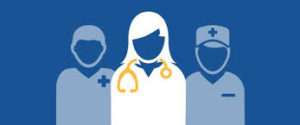 The Provider Relief Fund web page has been
The Provider Relief Fund web page has been  CMS has published
CMS has published  The FDA has issued an
The FDA has issued an  The request comes as Congress returns to Washington to take up the funding of the federal government at a time when authorization for spending under a continuing resolution ends on December 11. In addition to addressing federal funding, Congress also may consider COVID-19 legislation.
The request comes as Congress returns to Washington to take up the funding of the federal government at a time when authorization for spending under a continuing resolution ends on December 11. In addition to addressing federal funding, Congress also may consider COVID-19 legislation.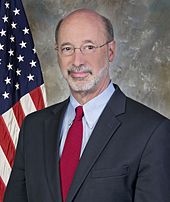 The Wolf administration and Department of Health announced new COVID-19 mitigation efforts in the face of growing numbers of new cases. See their announcement
The Wolf administration and Department of Health announced new COVID-19 mitigation efforts in the face of growing numbers of new cases. See their announcement 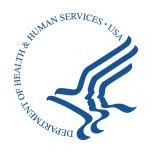 HHS’s Office of the Assistant Secretary for Preparedness and Response has posted information about high-flow nasal cannulation, an oxygen therapy that is a non-invasive resuscitation therapy for COVID-19 patients. HHS has purchased kits to use when administering this therapy and health care facilities can work through their local and state health departments to secure a supply. Go
HHS’s Office of the Assistant Secretary for Preparedness and Response has posted information about high-flow nasal cannulation, an oxygen therapy that is a non-invasive resuscitation therapy for COVID-19 patients. HHS has purchased kits to use when administering this therapy and health care facilities can work through their local and state health departments to secure a supply. Go  The CDC has published a
The CDC has published a  The Department of Health updated its
The Department of Health updated its  The number of people currently hospitalized with COVID-19 has doubled since late last month.
The number of people currently hospitalized with COVID-19 has doubled since late last month.
 During a news conference this week, Secretary Levine noted that Pennsylvania is now seeing more COVID-19 “long-haulers”: people who continue to experience COVID-19 symptoms over a period of months.
During a news conference this week, Secretary Levine noted that Pennsylvania is now seeing more COVID-19 “long-haulers”: people who continue to experience COVID-19 symptoms over a period of months. Department of Human Services
Department of Human Services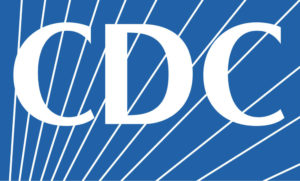 The CDC has updated its interim i
The CDC has updated its interim i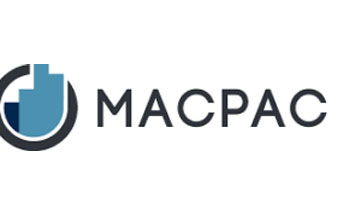
 The October 2020 MACPAC meeting opened with a panel discussion on restarting Medicaid eligibility redeterminations when the public health emergency ends. It included Jennifer Wagner, director of Medicaid eligibility and enrollment at the Center on Budget and Policy Priorities; René Mollow, deputy director for health care benefits and eligibility at the California Department of Health Care Services; and Lee Guice, director of policy and operations at the Department for Medicaid Services, Kentucky Cabinet for Health and Family Services.
The October 2020 MACPAC meeting opened with a panel discussion on restarting Medicaid eligibility redeterminations when the public health emergency ends. It included Jennifer Wagner, director of Medicaid eligibility and enrollment at the Center on Budget and Policy Priorities; René Mollow, deputy director for health care benefits and eligibility at the California Department of Health Care Services; and Lee Guice, director of policy and operations at the Department for Medicaid Services, Kentucky Cabinet for Health and Family Services.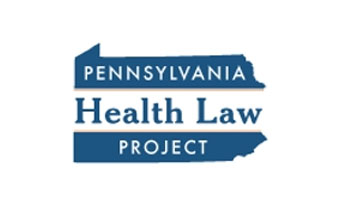
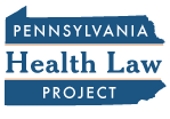 Included in this month’s edition are articles about:
Included in this month’s edition are articles about: